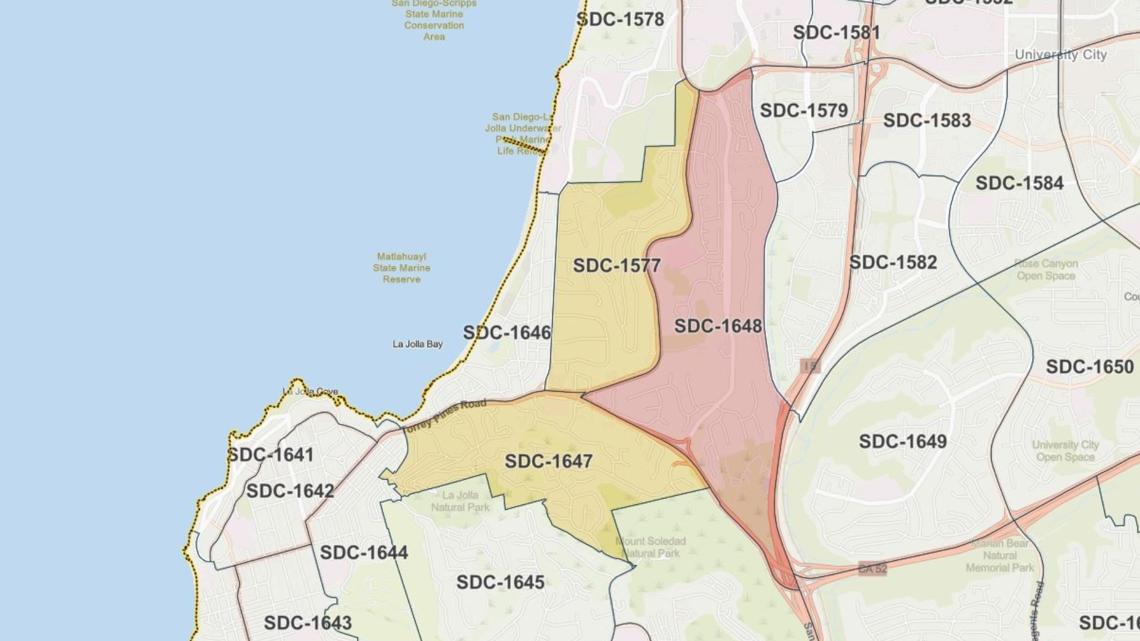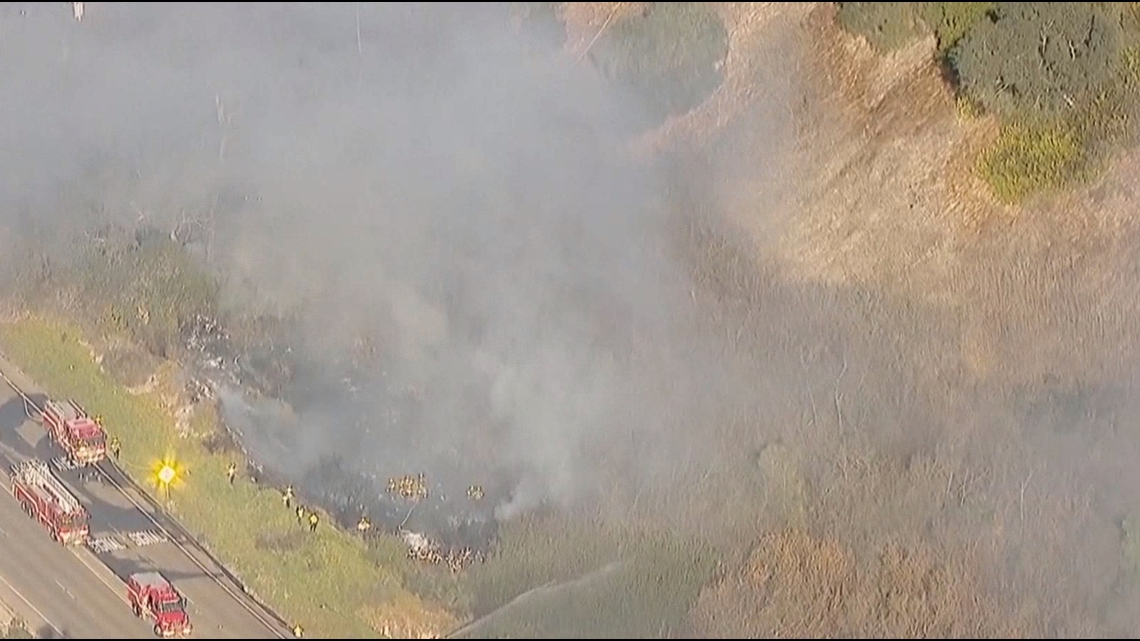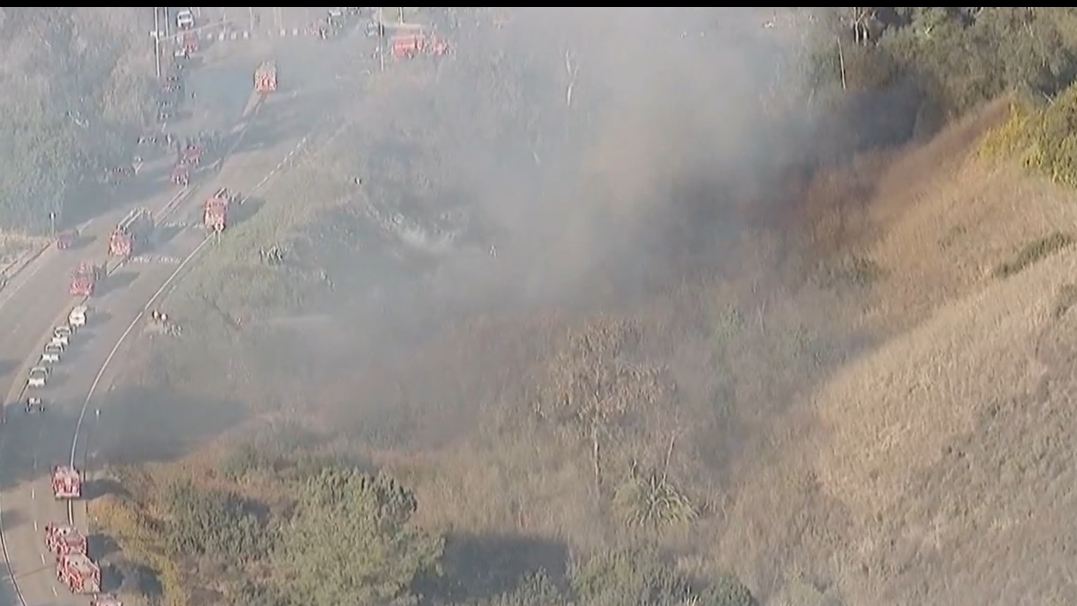SAN DIEGO COUNTY, Calif. — There is a three-acre vegetation fire in the La Jolla area of San Diego along Gilman Drive and Via Alicante, sending large plumes of smoke into the area. The forward rate of spread has stopped as of 3:30 p.m. All evacuation orders and warnings have been lifted.
The fire was reported around 2:13 p.m. Thursday.
The cause of the fire is unknown at the time.
Evacuations were ordered along Bremerton Place, Sugarman Drive and Via Mallorca, according to the police
and fire officials. Check Genasys Protect for the latest evacuation orders and updates. As of 4:03 p.m. evacuation orders and warnings have been lifted.
- North of La Jolla Parkway
- South of Torrey Pines Road
- East of La Jolla Parkway, Torrey Pines Road
- West of Gilman Drive
An evacuation has been established at Parking Lot P781 located northeast of 9420 Athena Cir, La Jolla, CA 92037
Evacuation Map: Jan. 23, 2:58 p.m. Red is order, yellow is warning.




CalFire has built a list of things to have ready in case you and your family are evacuated during any wildfire or disaster.
Ensure your wildfire ‘Go Bag’ includes:
- A 3-day supply of non-perishable food & 3 gallons of water per person
- A map with at least 2 evacuation routes
- Necessary prescriptions or medications
- A change of clothes & extra eyeglasses/contact lenses
- Extra car keys, credit cards, cash, or traveler’s checks
- A first aid kit & sanitation supplies
- A flashlight & battery-powered radio with extra batteries
- Copies of important documents (birth certificates, passports, etc.)
- Pet food & water
Always have sturdy shoes and a flashlight near your bed, ready for sudden night evacuations.
If time allows, consider adding:
- Valuables that are easy to carry
- Family photos and irreplaceable items
- Personal computer data on hard drives and disks
- Chargers for cell phones and laptops
WATCH RELATED: How to know when it’s time to go during a wildfire:
Santa Ana Winds occur when air from the desert region blows westward toward the California coast. This results in dry air that flows est to west over the mountains and towards the valleys and coast of Southern California. Santa Ana winds typically feel warm because as the cool desert air moves down the side of the mountain, it is compressed, which causes the temperature of the air to rise. We tend to see relative humidity plummet and temperatures soar during offshore wind events like this.
These winds create high fire conditions not only for a fire to start but offshore, Santa Ana winds are the perfect fan needed to allow a fire to explode in size once it starts.
The water year restarts every year on October 1 and measures the rain totals for the season through the following September. When rain totals are below average, the vegetation that once was green turns brown and dry and can serve as fuel for wildfires. The saturated ground can help mitigate fire risk substantially, but the opposite tends to elevate our fire risk. The sooner and more frequently we see substantial rainfall, the lower our risk of a wildfire starting and spreading rapidly.
When a region is in critical fire danger, power companies tend to shut off power in pre-planned ways in order to prevent electrical equipment from sparking or starting fires. It is also because electric consumption tends to climb with warmer temperatures (usually thanks to A/C needs) and can lead to overall stress on the power grid. When you combine the risk of fire with planned power shut-offs, many school districts will close. Schools can also be used as monitoring sites for fire crews in the event of a fire starting.
